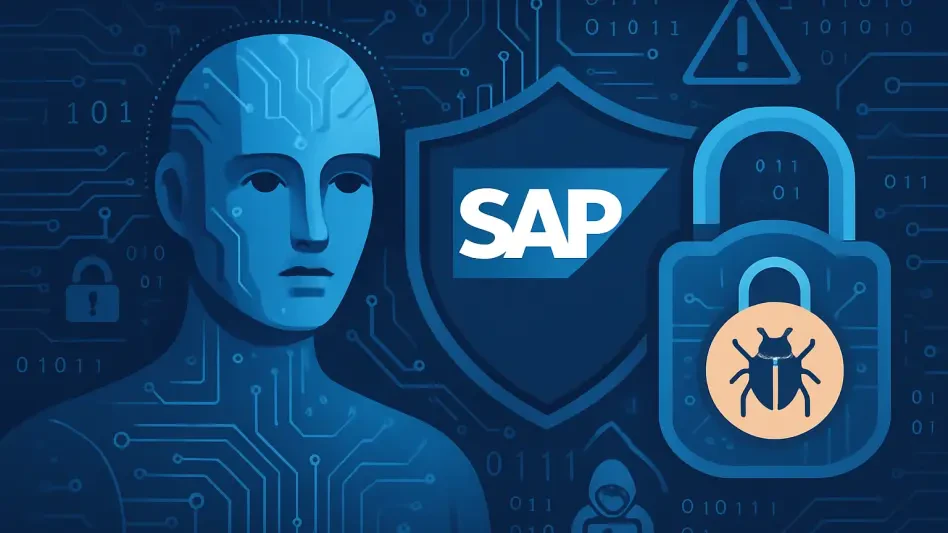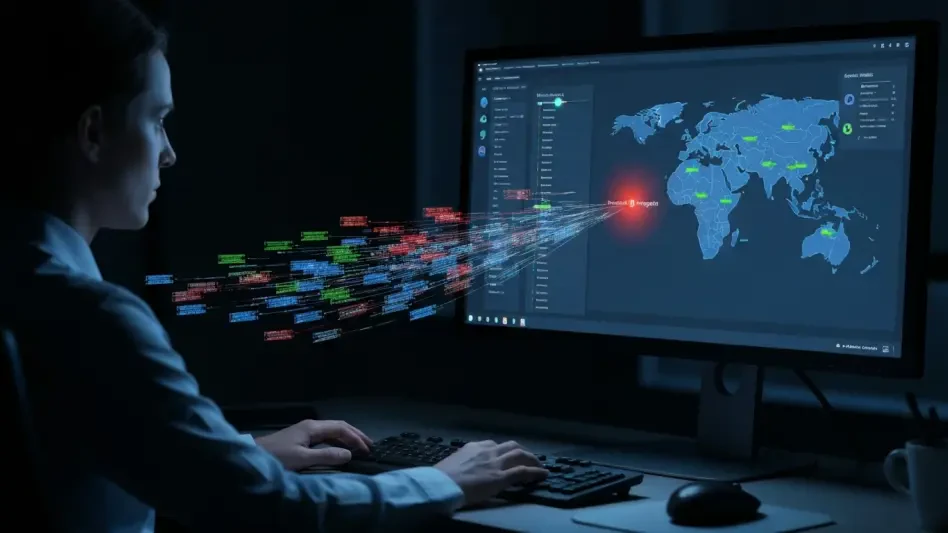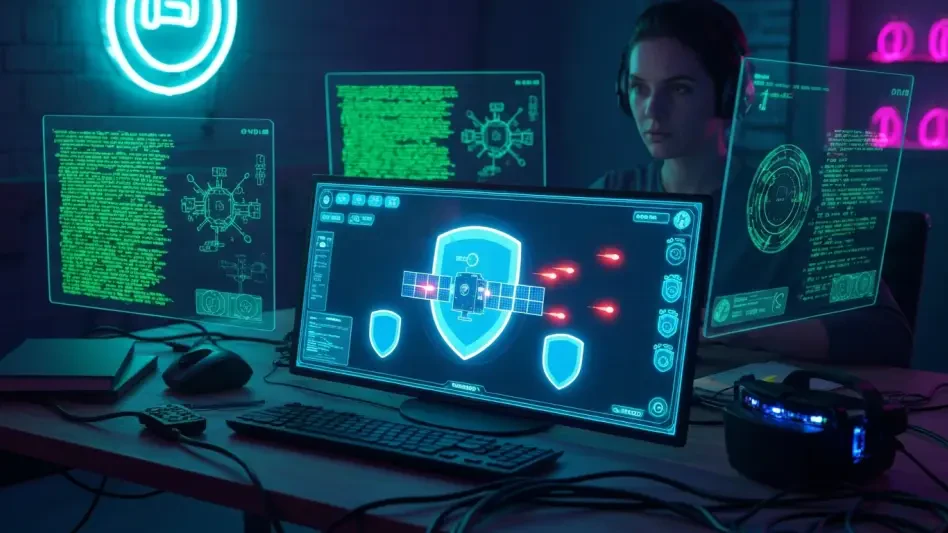In the rapidly advancing world of cybersecurity, recent developments have revealed significant risks associated with vulnerabilities in widely-used software systems. One such vulnerability within SAP NetWeaver, identified as CVE-2025-31324, has emerged as a critical threat with a maximum Common Vulnerability Scoring System (CVSS) rating of 10. This vulnerability, initially disclosed by SAP SE in April, presents a serious security risk by allowing malicious attackers to upload harmful files, potentially leading to remote code execution and full system breaches. Exploiting this flaw, cybercriminals have unleashed the Auto-Color malware, using it to infiltrate sensitive networks. Unveiled in November of the prior year, Auto-Color is a sophisticated Remote Access Trojan (RAT) primarily targeting Linux systems within universities and government entities in the United States and Asia. Its ability to disguise its presence through unique configuration and encryption has made it an elusive threat to security analysts.
Unraveling the Auto-Color Threat
Darktrace, a leading name in cybersecurity research, was among the first to identify the adoption of Auto-Color malware taking advantage of this SAP NetWeaver vulnerability. In April, they discovered an attack targeting a chemicals company in the United States. This incident highlighted the tactics employed by Auto-Color, such as renaming itself to “auto-color” in specific file directories to blend into its environment. The attackers’ strategy involved scanning for the vulnerability starting on April 25, with active exploitation commencing two days later. The attack was characterized by a suspicious IP connection and a ZIP file download. The compromised device engaged in questionable DNS requests with Out-of-Band Application Security Testing (OAST) domains, indicative of the malware’s strategic operations. Further investigation revealed a downloaded shell script, leading to connections with Supershell, a Command and Control (C2) platform, which subsequently facilitated the download of the Auto-Color ELF malware file.
The uniqueness of Auto-Color lies in its capability to remain under the radar by simulating inactivity if it fails to establish Command and Control connections, misleading analysts into a false sense of security. Paradoxically, each instance of Auto-Color is distinctly crafted, allowing it to seamlessly blend in while continuing its intrusive activities. This chameleon-like quality makes it a formidable adversary in the ongoing battle against cyber threats. Furthermore, the malware’s reach into academic and governmental institutions underscores its strategic targeting, especially in environments where sensitive data and research might be vulnerable. These complexities highlight the urgency for robust countermeasures against such sophisticated cyber threats, pushing cybersecurity technologies to evolve continually.
Role of AI in Cybersecurity Defense
With the ongoing threat posed by vulnerabilities like CVE-2025-31324, the role of AI in cybersecurity defense has become paramount. Darktrace showcased the potential of AI-driven Autonomous Response through their intervention during the recent Auto-Color incident. Employing a “pattern of life” enforcement on the compromised device, Darktrace’s AI effectively halted malicious activities, all while ensuring the company’s operations remained unaffected. The system generated alerts that prompted further investigation by Darktrace’s Managed Detection and Response service, providing valuable insights into the attack’s nature and extent. This AI-driven approach extended the autonomous response, thereby offering the security team essential time to investigate and remediate the threat comprehensively. Such advancements in AI technology demonstrate significant progress in cybersecurity, paving the way for smarter solutions that are not just reactive but proactively defensive.
This development in AI technology marks a watershed moment for the cybersecurity industry. By leveraging AI, businesses and institutions can detect and mitigate threats in real-time, minimizing potential damage and maintaining an uninterrupted workflow. The intelligence harnessed from AI systems enables rapid threat identification, providing opportunities for real-time response and remediation that were previously unattainable. Furthermore, the integration of AI into cybersecurity frameworks introduces an additional layer of defense by automating complex processes and anticipating potential vulnerability exploits. This predictive capacity is essential in adapting to the evolving tactics of cyber adversaries, offering a robust countermeasure against attacks that exploit known and emerging vulnerabilities. While human expertise remains invaluable, AI serves as a formidable ally in safeguarding digital landscapes from the increasingly sophisticated threat spectrum.
Strategic Steps Forward in Cyber Defense
Darktrace, a pioneer in cybersecurity research, was among the first to detect the exploitation of a SAP NetWeaver vulnerability by the Auto-Color malware. In April, they uncovered an attack on a U.S. chemical company, revealing how Auto-Color disguises itself by renaming to “auto-color” in specific directories to blend in. The attackers initiated their scan for vulnerabilities on April 25, following up with exploitation two days later. The attack involved a suspicious IP address connection and a ZIP file download, leading to questionable DNS requests with Out-of-Band Application Security Testing (OAST) domains, typical of Auto-Color’s operations. A subsequent investigation traced a shell script back to Supershell, a Command and Control (C2) platform, facilitating the Auto-Color ELF malware file download.
What makes Auto-Color unique is its stealth; it appears inactive if it can’t establish C2 connections, misleading analysts. Each instance is uniquely crafted, enabling it to blend in while conducting its operations. Its reach into academic and government entities highlights its targeting precision, especially where sensitive data is at risk. These factors underscore the need for strong defenses against such refined cyber threats, urging continuous advancement in cybersecurity technologies.








